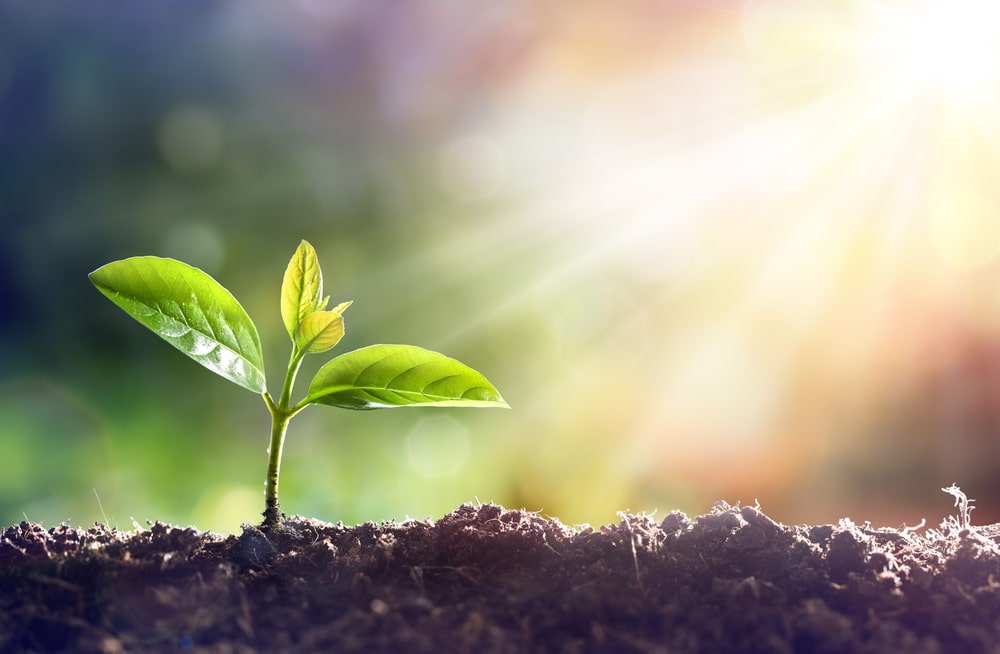FALL IS FOR PLANTING
It may seem to you that I am a broken record when it comes to my saying “RIGHT PLANT / RIGHT LOCATION” when it comes to having your plants grow and thrive versus struggling and dying.
RIGHT PLANT / RIGHT LOCATION
When customers come to me and say they have an area that they want to plant, my first question back to them is, “HOW MUCH SUN DOES THIS AREA GET EACH DAY?” Sunlight is a vital element in the decision-making process of choosing a plant. Different plants could require a different amount of sunlight. Many plants require full sun for at least six to eight hours daily. If they don’t get enough sun, they become leggy, weak, or won’t bloom as well as you expected. Bottom line: study this area that you want to plant up and know the sun exposure. This will help you, and us, to make the best choices of plants.
SOIL TEST
If you know me, then you know how much I believe in everyone having a soil test done with their lawn, vegetable garden, or landscape beds. This test will tell you exactly the makeup of your soil and all the nutrient levels. If you want your plants or lawn to grow and thrive, then you need to know the pH level. You need to know the nitrogen, phosphorus, and potassium levels. This is so important for the survival of plants and how they respond to growing and thriving. Get your soil test today!
MAKEUP OF YOUR SOIL
Most of us are dealing with wet, heavy, clay soil that can constrict root development. We recommend that this clay soil be amended with compost—some of us will recommend blending 50% of your clay with 50% compost. Also, for both woody and herbaceous plants, the planting hole should be dug two to four times wider. This wider hole with amended soil will allow quicker root growth and development.
WATERING REQUIREMENTS
You need to learn when to water and when to hold off on watering. Some plants will require more watering than other plants. You learn when to water by using your finger and sticking down into the soil or just touching the soil. If you feel wetness or moisture then you will want to hold off another day before thoroughly watering. Proper watering techniques are vital to plants health and survivability. Remember, top dressing with mulch after planting is great idea. But, one purpose of mulch is soil moisture retention.
All of this that I just covered may seem like a lot of work. And, it is. But, if you want your plants to thrive and “show-off” to your neighbors, it is worth all this effort and hard work.
PLANT A LITTLE HAPPINESS!!!!!!!!!!!

